India: Modi’s Sacred Cow Is Neoliberalism
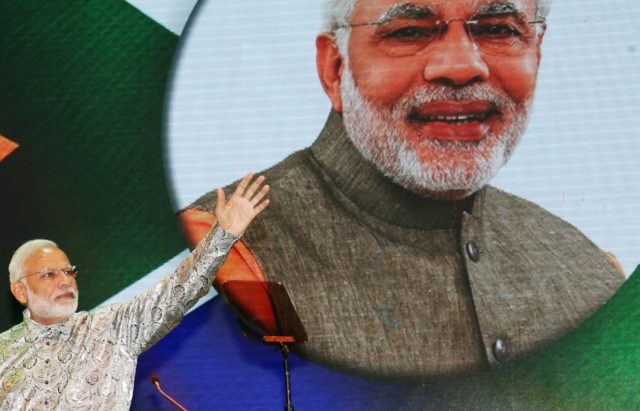
These days, even if you don’t read online journals, or thick books not asssigned by universities, Google is enough to tell you how messy the Indian economic and social situation is. Earnings are low. Unemployment has reached new heights especially among the young and, with the adoption of automation and privatization, this will only worsen. Neoliberal policies have created a wide stratum of society that yearns for more and more.
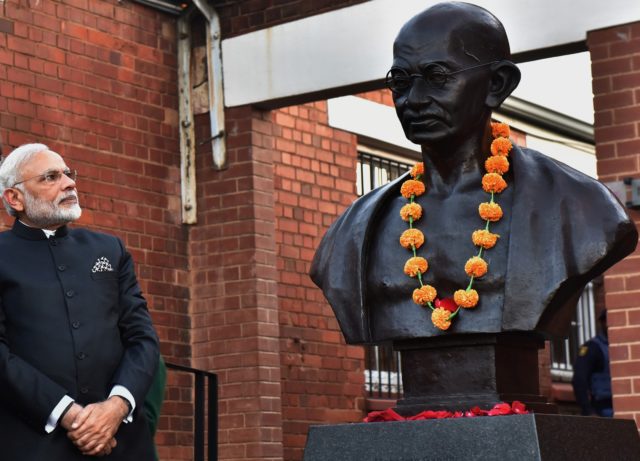
In the run up to the 2014 Parliamentary elections an estimated $100 million were spent to get Narendra Modi elected to the post of prime minister. These were by far the most expensive elections India had ever seen. It was like a typical Hollywood movie scripted by public relations workers. Prasant Kishor’s PR team bombarded our homes with digestible Modi-the-saint images. Ironically, a man who had been previously accused of mass murder was projected as a double for Mohandas Gandhi. Modi was the Gandhi of our post-modern age, they said.
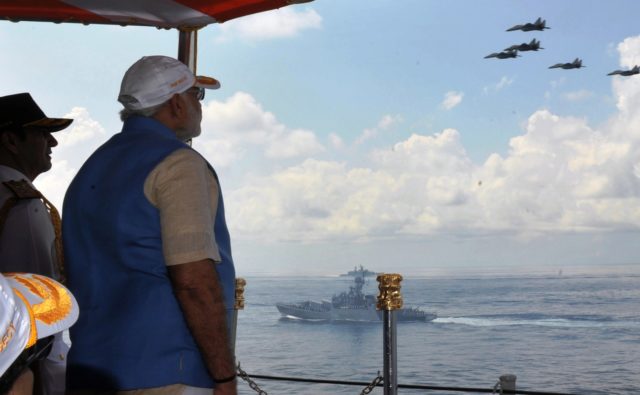
People would recall that, when the Anna Hazare-led anti-corruption movement was in full swing in 2011, with media backing, it literally took just 12 days of non-stop coverage for the all-powerful United Progressive Alliance (UPA-II) to introduce anti-corruption legislation. And in the long run, it was because of the friendly electronic and print media that a new political party called Aam Aadmi Party (Common Man Party, AAP) emerged and formed a government in less than six months. These changes did not go unnoticed by the corporate houses. They somehow knew the moral of the story. AAP and the Left were in the forefront when it came to attacking the malpractices of the Reliance Group. The Reliance Group was at its wits’ end, and there was no way they could buy people who did not care about money. So the Reliance Group began to acquire the media houses, one after the other.
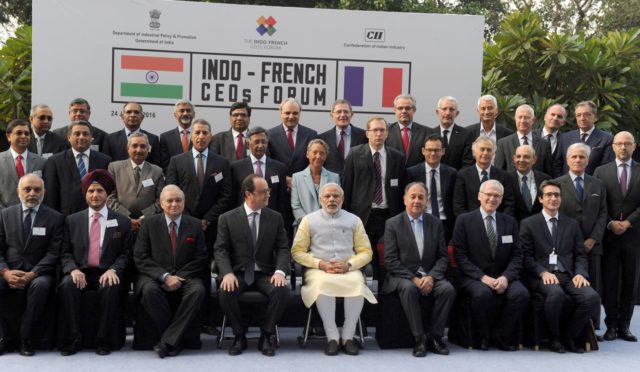
One of India’s most respected authors and journalists, P. Sainath, raised a storm on social media in April 2016, when he said in a public meeting that, in the next five years, the business magnate Mukesh Ambani could end up owning every journalist in India. Sainath informed a benumbed audience that Mukesh Ambani “doesn’t even know how many channels he owns.” It is Mukesh Ambani’s whim that decides what will be shown and what will be left out. If he says boycott XY, it is so. When Mukesh Ambani says don’t cover the communal riots, they are not covered. It was this media that did a complete whitewashing of the fence for Modi.
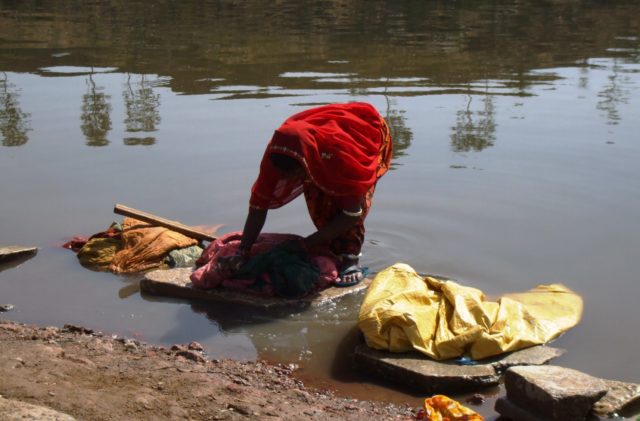
Once Modi came to office, he did what all politicians who take corporate aid do. The non-Reliance press widely reported that, thanks to the favors Modi was receiving, Mukesh Ambani started to earn a daily $42 million (Rs. 3 billion). That is not all. Modi went on to relax the stringent norms that had curbed the role of private players in India’s defense sector. Despite opposition from several quarters, the Modi-led National Democratic Alliance relaxed these restrictions in 2016. For the first time in India’s history private players got involved in the war industry. Modi scrapped a defense deal and gave the contract over to Anil Ambani’s Reliance Defence and Engineering Limited when it was a 12-day-old company. Right now, Modi is facing charges of corruption for this deal with Mukesh Ambani’s brother, which has turned out to be one of the biggest scams of his government, valued at $18.2 billion (Rs. 1.3 trillion).
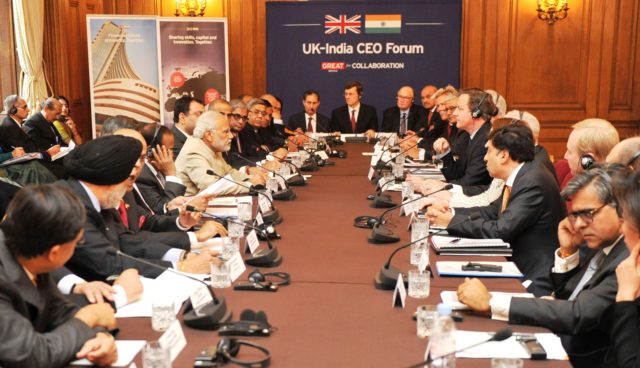
It was under this government that the public banking system was eroded. Big loans were handed over to Modi’s friends like Mehul Choksi, who now lives peacefully in Antigua, Gautam Adani, Vijay Mallaya, and a host of others. All of them took the money, paid their cut and quietly skipped out of the country. Modi, the image-obsessed man who tweets three times a day, conveniently forgets these absconders and defaulters.
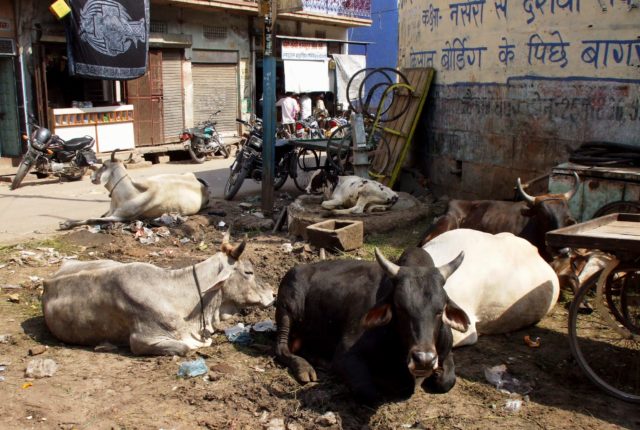
When the 2014 election campaign was in full swing, orthodox free-market economists like Jagdish Bhagwati screamed their lungs out saying that what India needs is a Modi-like figure. With the sole exception of Amartya Sen, almost every known public intellectual backed Modi. They argued that once Modi came to power, he would implement what they called the Gujarat Model: a model of economic development that firstly, rewards the cronies and secondly, instigates the majority community have-nots against the minority community have-nots. The idea was simple: drop a crumb from your table, and set the people against one another. This model had worked quite well in Gujarat. Modi set fire to his own house of dreams, however, when he announced the November 8, 2016 demonetization. With this move, even those who had backed him until then realized that Modi was not only a politician with criminal antecedents but also somebody with no basic understanding of economics. Demonetization derailed the economy, hit the poor and the lower middle class very hard, caused massive joblessness and killed over 100 people. As if this were not enough, one fine day in July 2017 Modi implemented a Goods and Services Tax (GST). Modi’s era will be known for these blunders that have badly hurt the Indian economy.
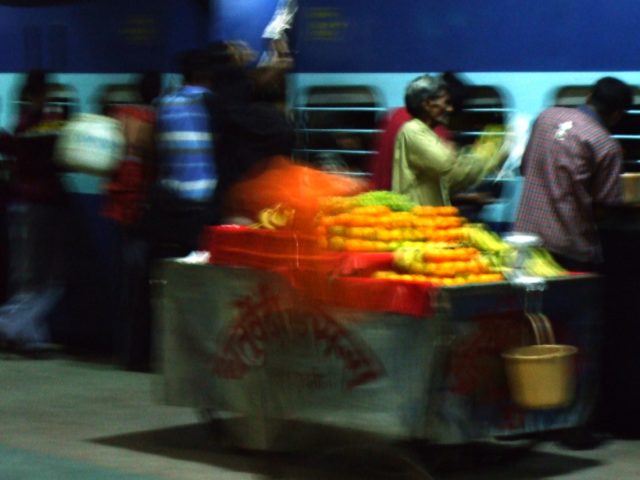
Modi got himself elected on the promise that he would create about 20 million jobs every year for the young of India. By now the number of jobs should be 100 million. Because he was not taught even the basics of neoliberal economics in his Shakas, he was able to say it. He got himself elected by promising to get back what he cinematically called the “black money” that was stacked up in foreign banks. He promised to transfer $21,000 (Rs. 1.5 million) in each account. Later, when he was reminded of this, his party president said on the record that it was just a jumla: meaning why did the voters take this promise literally, since he never meant it. Modi’s management of macroeconomics has been so bad that even his pet supporters have turned their backs on him. Modi’s Kim style management of the economy has left many mouths sour. Demonetization first, and GST later, have knocked down a healthy economy.
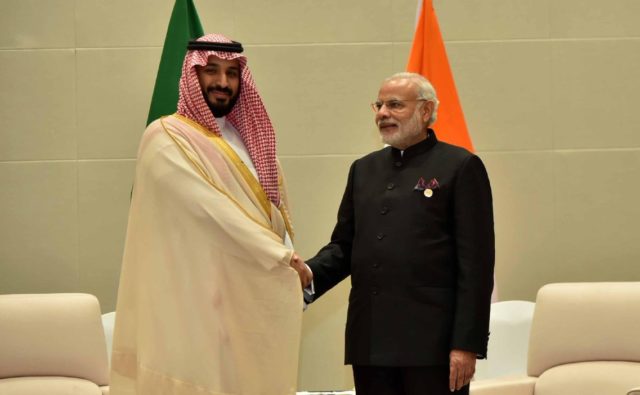
Despite all of this many would still have preferred Modi. India today largely is a country that tilts toward the Center-Right. But his social policies have further irked people. It has been reported widely in the press that since Modi took office almost 600 communal riots have taken place each year. It was under his tenure that the Rashtriya Swayamsevak Sangh (RSS), the Indian edition of the Klu Klux Klan (KKK), instigated the voters on one after another bogus issue. First it was the consumption of beef. The RSS sees consumption of beef as a practice that is somehow alien to what they call the culture and tradition of India. All of this despite the fact the practice of consuming beef has Rig Vedic sanctions, a fact illustrated by D. N. Jha in his famous book The Myth of Holy Cow (2002). The author ironically comments in his Introduction that, “some sections of Indian society trace the concept of sacred cow to the very period when it was sacrificed and its flesh was eaten.” The Brahmanical Right has successfully run campaigns in which Muslims alone have been singled out and identified as being those who consume their revered god. This has created terrific tension in almost the entire cow-belt, where people have been lynched on the mere suspicion that they were carrying or storing beef.
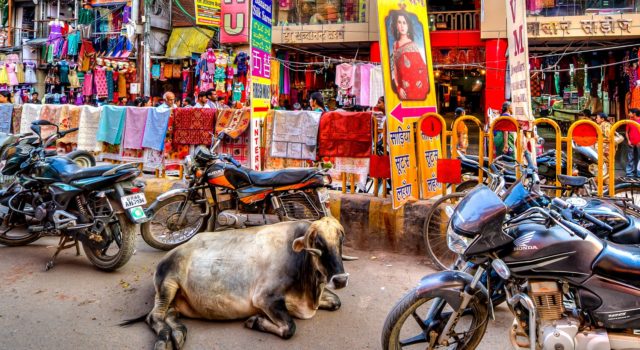
It was again under Modi’s watch that the RSS and Sangh Parivar initiated what they ridiculously called the Love-Jihad. The RSS has all through been smearing young Muslim men by saying that they conspire against the Hindus by wooing their daughters and then forcing them to convert to Islam. This policy has enabled the RSS and the Right wing to spew venom and collect votes by polarizing the society along religious lines. That is not all. When nothing seems to work, the Bharatiya Janata Party (BJP) is quick to bring back to the table the issue of Babri Masjid. It was the BJP-RSS-VHP-Bajrang Dal and other organizations that had brought down the 16th century Babri Mosque in the city of Ayodhya in 1992. Since then court cases have been pending against their leaders. Had the mosque not been demolished, the Brahmanical Right would never have been able to make their political fortunes.
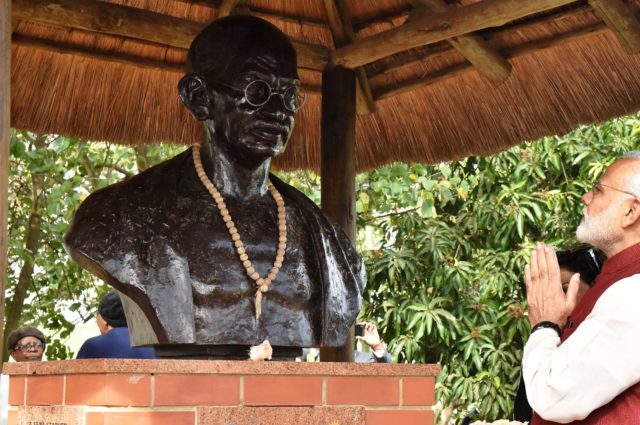
Neoliberalism cannot feed all the mouths. Naturally many find their refuge in acts of destruction. Religion immediately fills the void created by a market that cannot assure anything close to full employment. It cannot even provide aid under social welfare schemes to those left out of the cake sharing. Modi’s legacy will be remembered precisely for this: he created an army of trolls to whom he made tall promises, and when he understood that he would not be able to keep them, his party turned his followers against the poor and vulnerable.
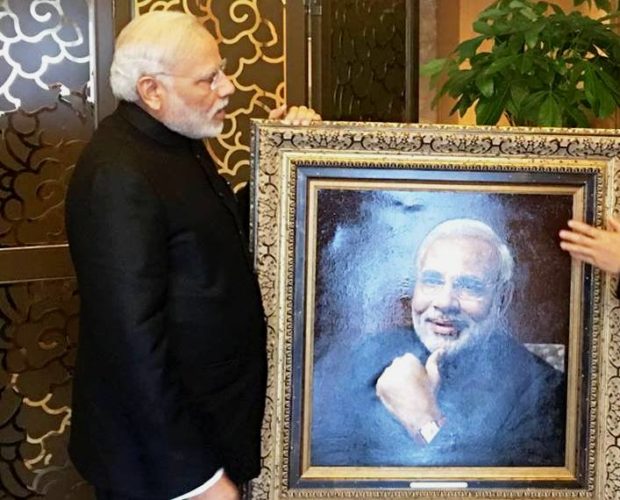
Editor’s Notes: Imtiaz Akhtar is the author of Kafka Sutra. Photographs one, two, three, four, six, nine, eleven, and twelve from the archive of Narendra Modi; photographs five, seven and eight by Claire Dickson.
Related Articles













You must be logged in to post a comment Login